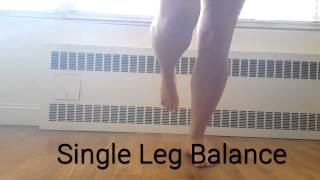
There is more to having a fit and sculpted butt then looking good in your pants! Having a strong butt is actually extremely important in maintaining good posture, preventing injuries, painful joints and several other factors that will be discussed.
Your butt is made up of three major muscles which include the gluteus maximum, gluteus minimum and gluteus medius. These three muscles help with extension, abduction (movement away from the midline of the body) and rotation of your hips. The gluteus muscles are important for proper functioning of the hips. So many of us are sitting for long periods of time at work or school. This sedentary lifestyle can lead to extremely weak gluteus muscles. Weakening of the gluteus muscles can cause the hip flexors to become tight, leading to painful injuries such as hamstring and hip flexor strains.
The gluteus muscles are not only important in movement of the hips, but they also help to stabilize the pelvis. When the gluteus muscles are strong and the pelvis is stable, this helps decrease pressure and strain to your lower back. When your glutes are not working or firing properly, your lumbar spine (lower spine portion that curves towards your abdomen) will incur more strain. This can result in pain and soreness in your lower back as well as chronic dysfunction and disease such as herniated discs, osteoarthritis, spinal stenosis and sciatica.
A strong butt helps maintain alignment of the entire body. When the gluteus muscles are weak, this may cause an imbalance in the front side of the body. This imbalance then causes tightness in the hip flexors and pulls the pelvis forward. This can lead to poor posture (forward shifted spine) and back pain. When your spine is curved in this manner it not only puts more strain on your back, but may give you the appearance of a pot belly!
Strong gluteus muscles help stabilize the pelvis. As stated above, pelvis positioning and stability is crucial in maintaining good posture. Pelvis stability is also important in decreasing any unnecessary pressure and strain on the knees, ankles and feet. According to a recent study from the American Academy of Physical Medicine and Rehabilitation; motion of the knee in a weight-bearing limb is an important risk factor of conditions such as patellofemoral pain and knee arthritis. Excessive pelvic drop in single-leg stance (walking, running and other sports) can cause more strain on the motion of the knee. The gluteus medius muscle is crucial to prevent pelvic drop and must be activated in anticipation of the transition from double-leg (standing) to single-leg stance. This study concluded that the strength of the gluteus medius is more important for controlling knee and pelvic stability than the activation of the muscle alone.
Weak gluteus muscles may cause your knees to collapse inward when your foot hits the ground while walking or running. This motion can place increased strain on the knee joint. This repeated motion over time can cause chronic pain in your knees or a condition called IT band syndrome. The Iliotibial band is a band of tissue that runs along your outer thigh from your hip to just below your knee. This condition can be extremely painful and difficult to remedy.
Strong gluteus muscles are essential in prevention of injuries and chronic degenerative disease of the back, hips, knees, ankles and feet. Weak gluteus muscles tend to cause deficiency in ones gait or the way their body moves when walking or running. This deficiency can cause changes all the way down the chain to the feet. Changes occur because foot placement during gait is affected by the overall stability and position of the entire limb. The gluteus muscles are activated during gait and if weak, can change the position of the entire limb ending with the feet in poor alignment. This is particularly a problem in runners or athletes with poor gluteus strength. This can lead to increase pressure on the feet causing conditions such as arch pain or plantar fasciitis, shin splints and Achilles tendinitis.
Even if you currently have a weak derriere, there are simple ways to strengthen these muscles. An easy way to start is by consciously squeezing or tightening your gluteus muscles during exercises like squats or hip extensions. You can even squeeze your gluteus muscles when performing daily activities like gardening and cleaning the house. If you are already performing squats during your workouts and even if you have never performed a squat before, I suggest you perform single-legged squats. According to a study in Physical Therapy in Sport; single-legged squatting may be more beneficial than double-legged squatting to help strengthen the gluteus medius and maximus. The study also suggested that using a Swiss ball when performing single-legged squats, may further strengthen the muscles.
Exercises to Help Increase Gluteus Strength
Find Basic Exercises Here: https://www.acsm.org/public-information/articles/2012/02/02/a-strength-training-program-for-your-home
Double-legged Squats:
1. From the sitting position with your feet shoulder-width apart and your toes in front of your knees, lean forward slightly and stand up without locking your knees.
2. Slowly lower your body back to a seated position where your upper legs are approximately parallel to the floor.
3. Alternative-place a stability ball between your middle-back and a wall, and lean back while performing these same movements.
Single-legged Squats: Check out This Video-->
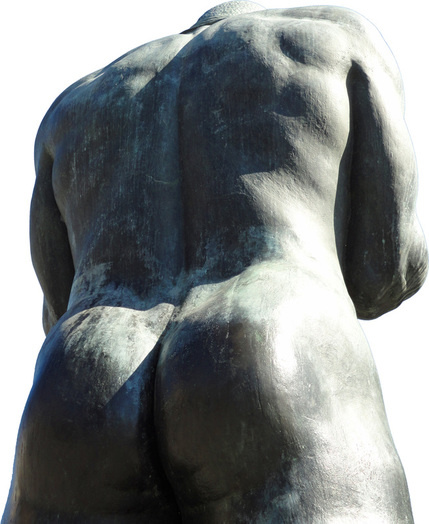
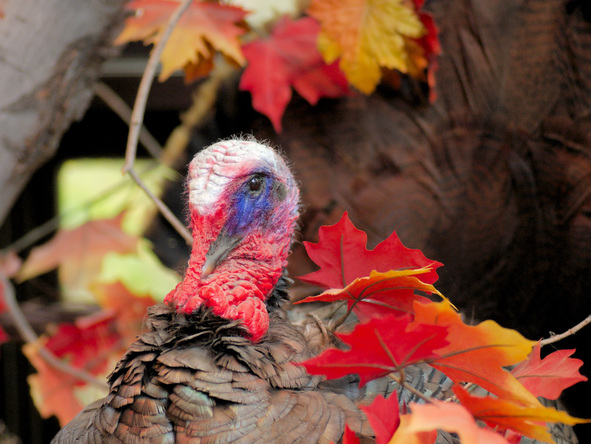
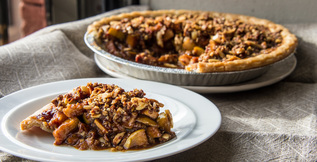
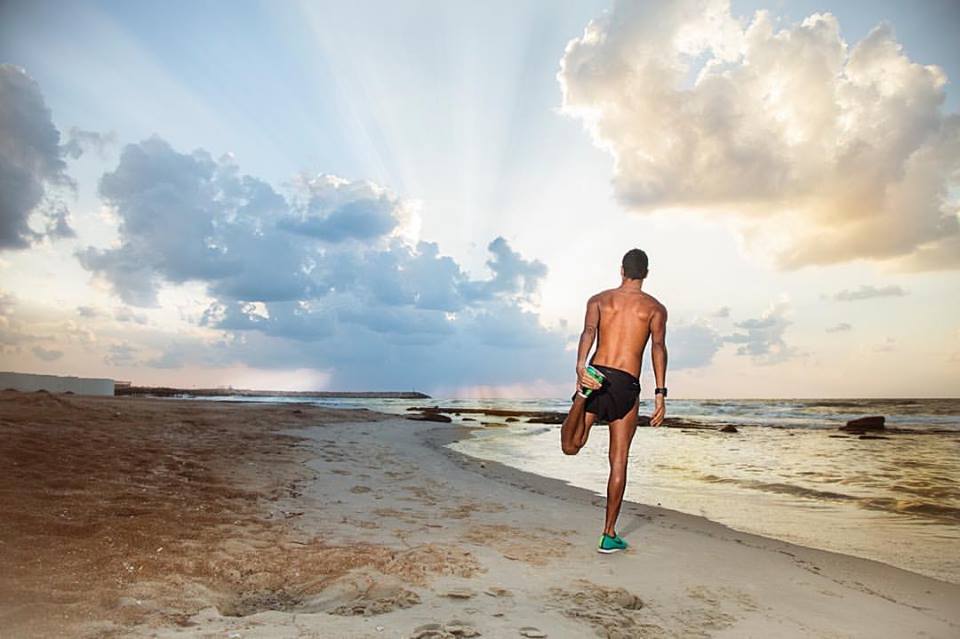
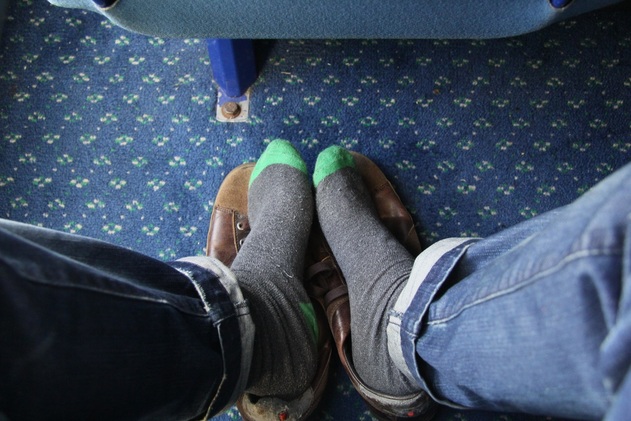
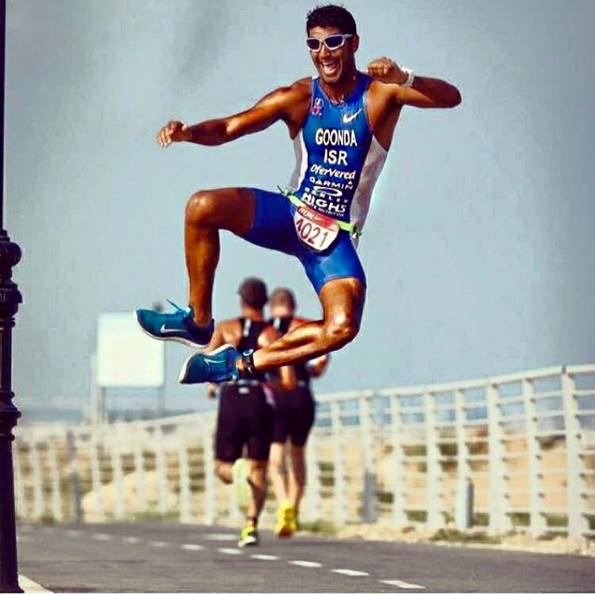


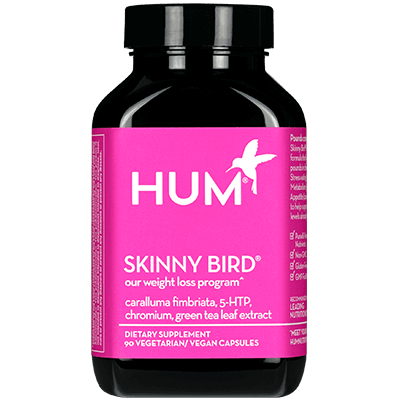
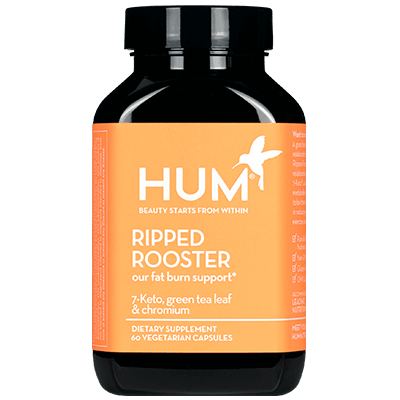




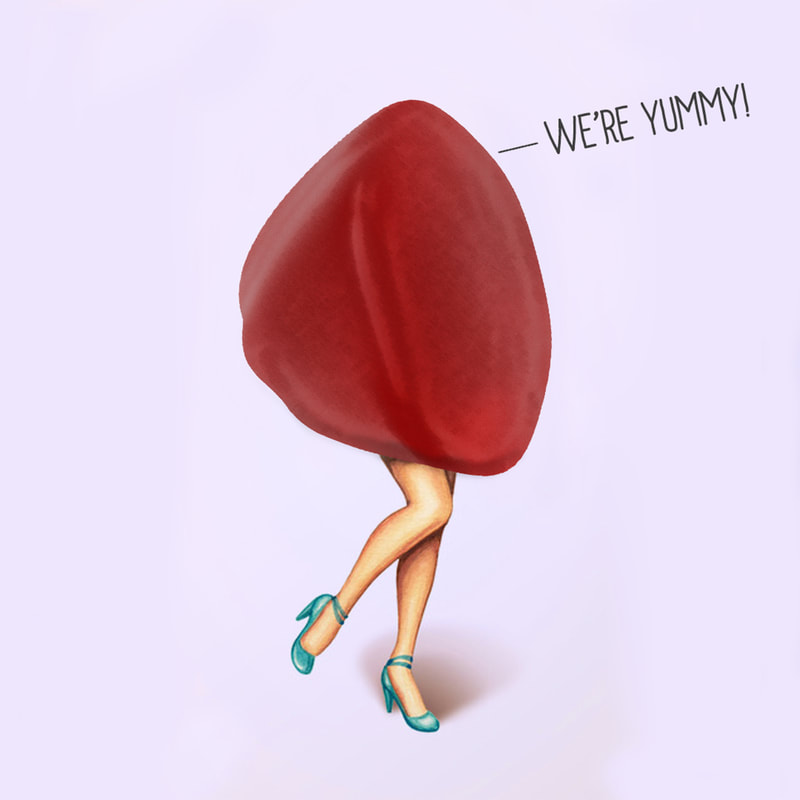

 RSS Feed
RSS Feed

